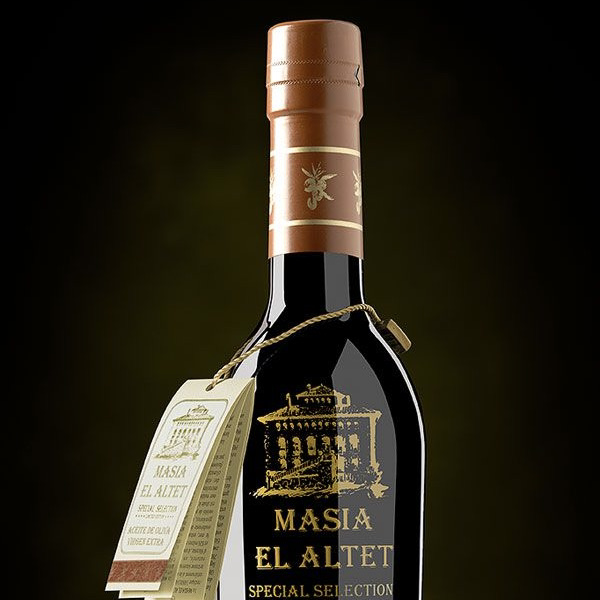by Ben Holbrook - @ben_holbrook
.png.transform/rendition-xs/image_image%20(1).png)
Drizzled over toast at breakfast, splashed over fish feasts for lunch, and used to elevate every tapas dish imaginable… Spanish cuisine is inextricably linked to the liquid gold that is olive oil. Here are some made of varieties maybe you’ve never heard of

by Ben Holbrook - @ben_holbrook
As well as being a big “flavour thing”, Spanish olive oil is also revered for its health benefits. The Mediterranean diet is still something doctors and nutrition experts promote the world over. As the Spanish put it: “El aceite de oliva es armero, relojero y curandero,” – “Olive oil is a gunsmith, a watchmaker and a healer”, owing to its ability to protect, extend and improve your health.
As one of the oldest producers, it’s no surprise to hear that there are over 250 varieties of olive oil to choose from in Spain. Most people however – even the Spanish themselves – will only ever taste the ubiquitous varieties stacked high and low in workaday supermarkets. But for the more adventurous olive oil drizzler, here are five of Spain’s lesser-known olive oils you’ll to dive into.
Pico Limón: bitter and peppery
There are some 7,000 hectares of land dedicated to the harvest of Pico Limón (Lemon Peak) olives – primarily throughout Campiña Sur (Badajoz), Sierra Norte (Sierra Morena, Seville), Huelva and Alicante. The name refers to the shape of lemons rather than the colour; specifically the little nipple that protrudes from one end like a lemon. In fact, these relatively large olives are more akin to limes than lemons in terms of colour.
Pico Limón olive oils pack a vibrant fruit punch with notes of fresh grass, banana, green apple and almond peel. Gourmet olive oil guzzlers also rate it for its complex bitterness and peppery kick. This is an interesting and somewhat unusual gourmet olive oil that’s surprisingly easy on the wallet.
Try it Guadalimón makes a sublime extra virgin Pico Limón olive oil using olives from the mountains of Guadalcanal in the north of the Seville province. From the USA to Japan, this olive oil has been winning countless awards across the globe, including the impressive title of “Top 100 Extra Virgin Olive Oil" at the Evooleum Awards.
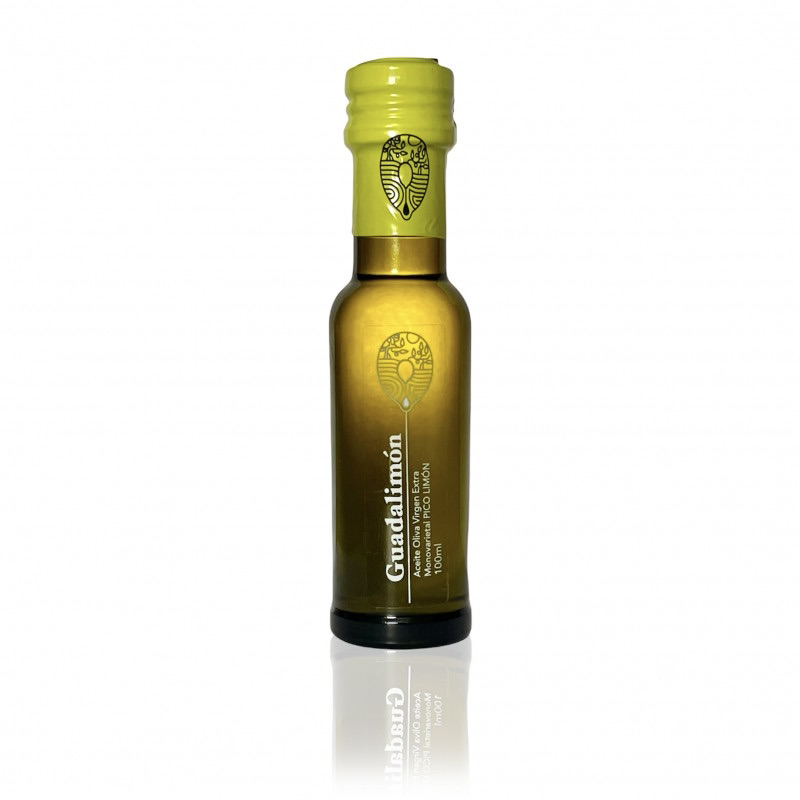
Blanqueta: fruity and nutty
Named after the white olives from which it’s made, Blanqueta olive oil is celebrated for its fruitiness and complex cacophony of green almond, artichoke and walnut. It’s smooth, sweet and silky, but with a subtly bitter afterbite. Blanqueta olives are primarily cultivated in the Community of Valencia, which is of course most notable for being the birthplace of paella, Spain’s most famous dish.
Try it Almazara La Alquería produces a stunning organic extra virgin olive oil using Blanqueta olives harvested in the Sierra de Mariola Natural Park of Alicante. This is perfect for anyone just setting off on their olive oil adventures, whether drizzled over fish, salads, breads or meats. The company’s pretty packaging and stamp of “ecological” approval makes this a great gift for gourmands too.
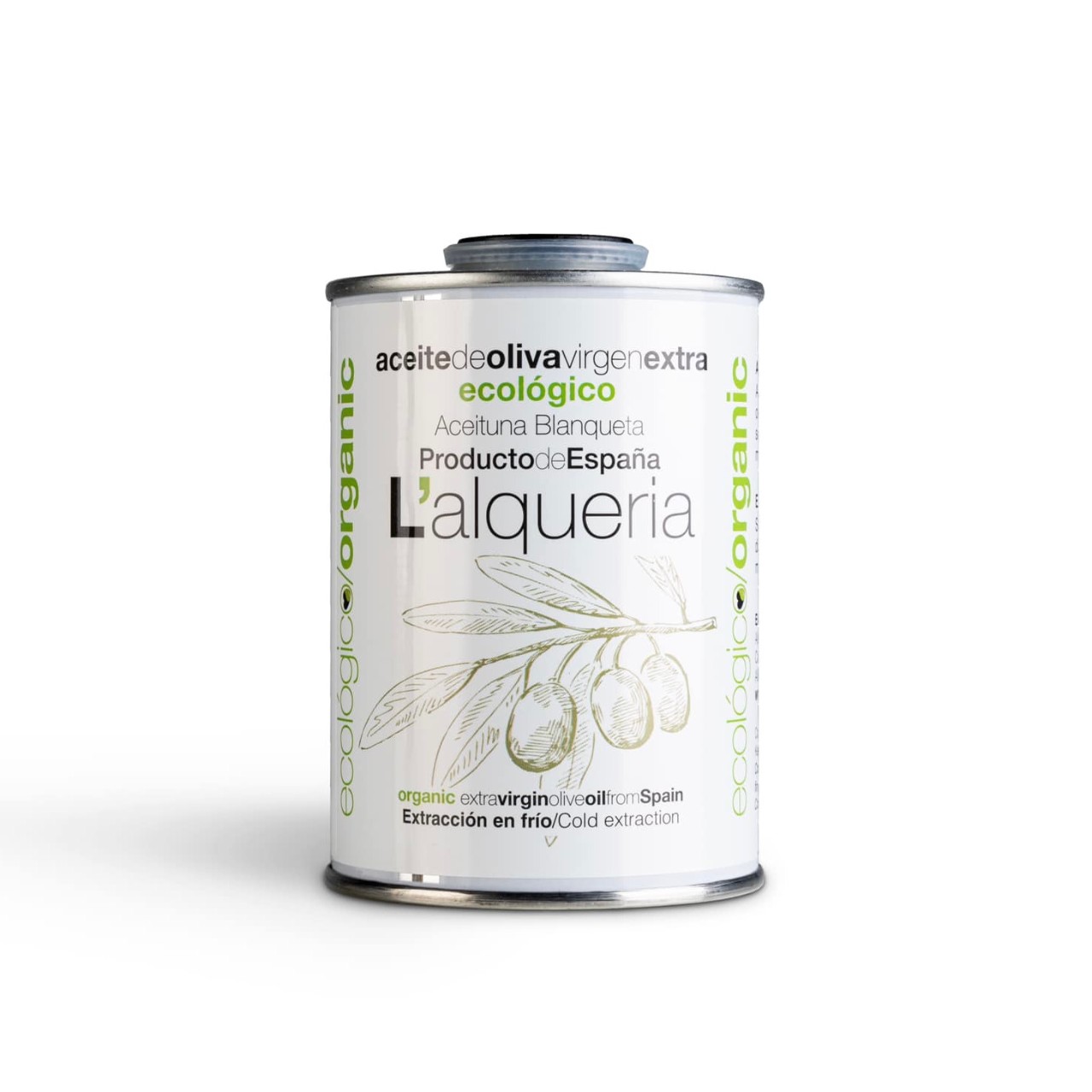
Ocal: so punchy
Originating in the Sierra de Francia area of central western Spain, this relatively rare variety of Spanish olive is thought to be thousand years old. These large olives are beautifully black when ripe and the olive oil they produce is fast becoming a favourite among Spanish gourmets.
Its rich aromas – think nutty artichokes, green peas, fresh tomatoes, ripe apples and grapes – medium bitterness and persistent spiciness make this an excellent choice for those looking to try an invigorating new olive oil that really packs a punch.
Try it Made with olives from their 5,000 hectare Montilla estate in Córdoba, Valderrama’s Ocal olive oil is 100% organic and blooms with an intense herbal aroma. A fantastic quality olive oil to add to your collection or gift to a fellow foodie.
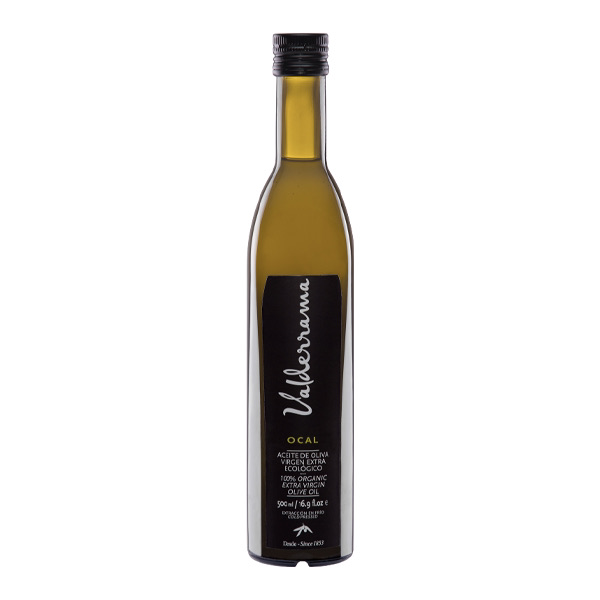
Arroniz: the comeback
Arroniz olives were first planted in the northerly region of Rioja Alavesa by the Phoenecians. This area is of course one of Spain’s biggest and most gilded wine producing regions, and much of the olives groves were replaced with grape vines. Over time, as more and more olive oil began to be produced in the region, Arroniz olive oil has made something of a comeback. However, production remains in the hundreds of liters rather than thousands, making it something of a rarity.
Arroniz olive oil is best enjoyed unfiltered (aceite en rama), which brings out its rich and tangy flavour profile. Think tomato, ripe fruits and artichoke on the tongue, with truffle and licorice on the nose. It’s pleasantly mild, but with an invigorating level of bitterness.
Try it Situated in the farming village of Lanciego in Rioja Alavesa, Pais Vasco, Erroiz focusses exclusively on the production of high-quality Arroniz extra virgin olive oil. Their passion for their oils is palpable, with gorgeous bottles you’ll want to gift to loved ones or bless your kitchen with.
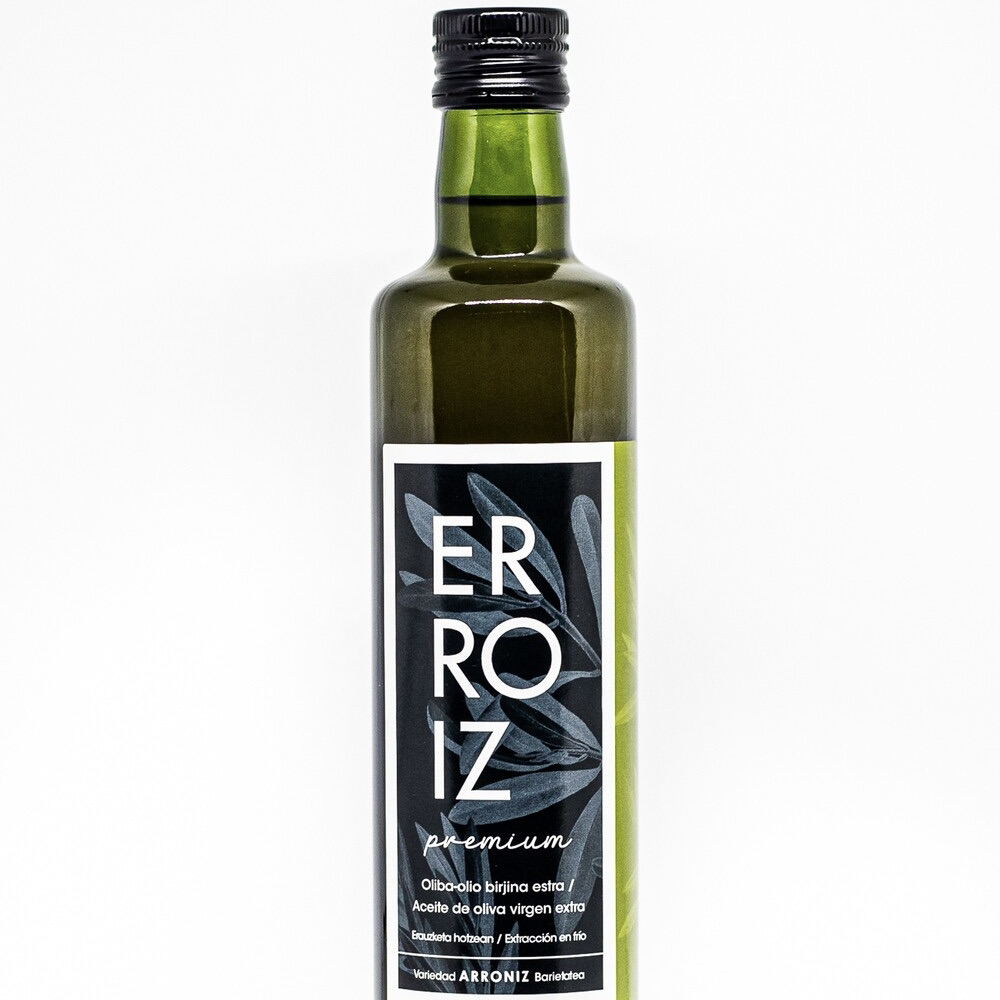
Changlot Real: one of the rarest
With only around 5,000 hectares of land dedicated to its production, Changlot Real olive oil is one of the rarest in Spain. Naturally, this variety tends to be positioned as an extra premium olive oil and is typically found in gourmet restaurants and retail outlets.
Changlot Real olive oil is highly fruity and aromatic, with notes of apple, plum, orange, almond, lemon, fennel, grapefruit and fig. These lively flavours are rounded off perfectly with a peppery intensity and balanced bitter bite.
Try it Masia el Altet’s suitably labeled ‘Special Selection’ is described as having a, “Complex, deep personality,” with “harmonious and balanced notes”. It’s made and bottled at the Font Roja Natural Park in Sierra de Mariola, surrounded by forests of pine, maple and ash, it is an authentic gourmet treat.
